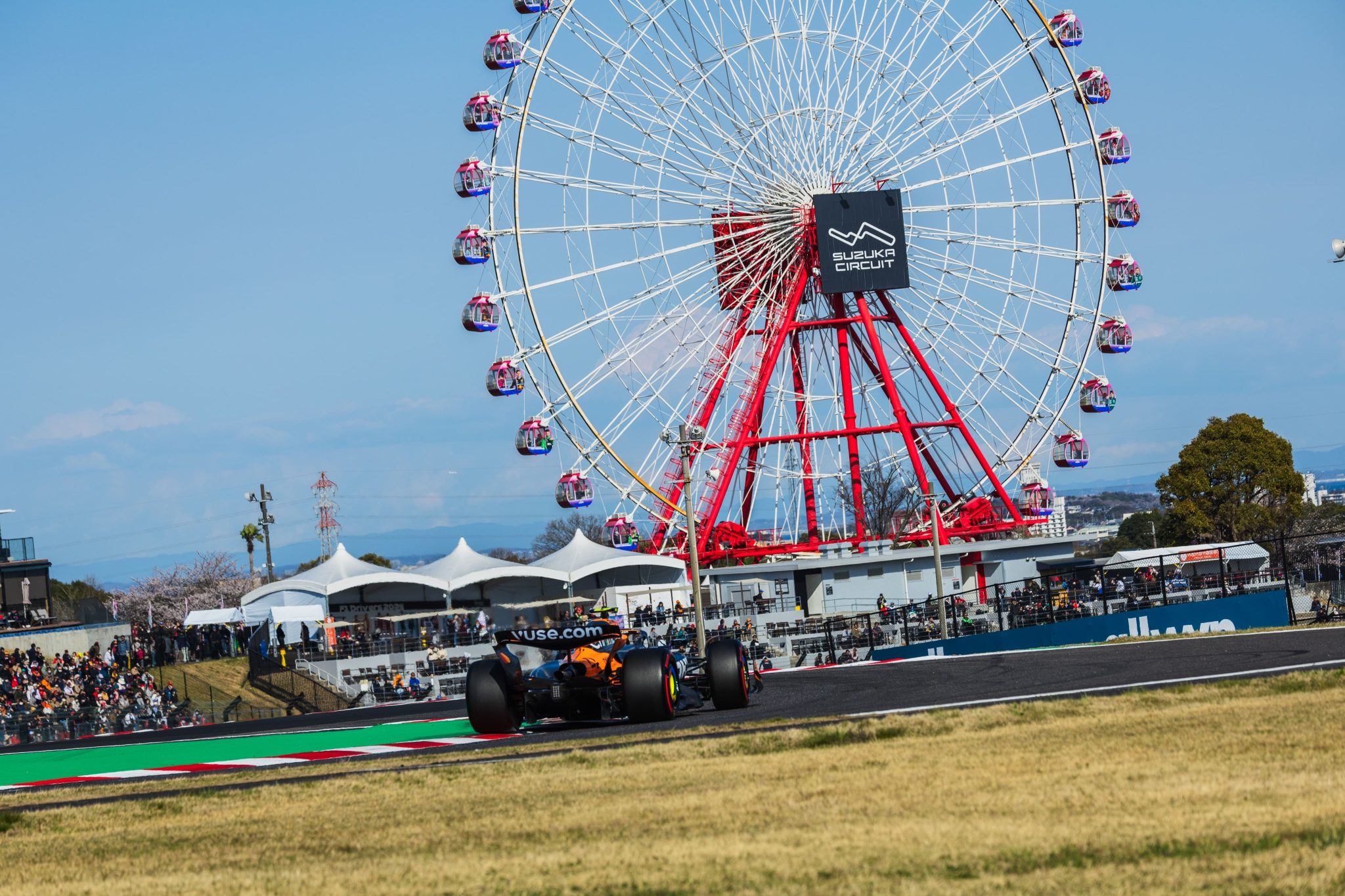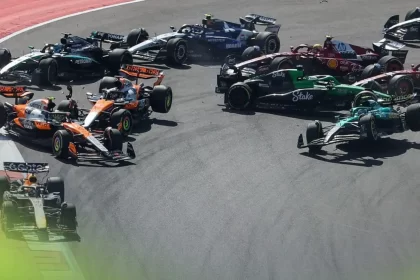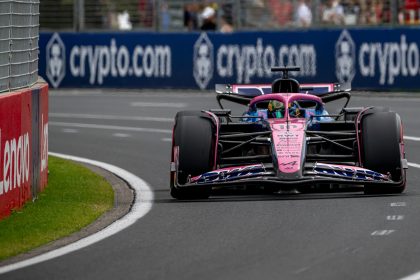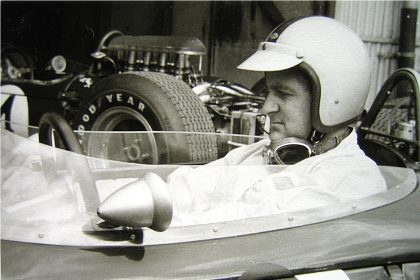Ah, Suzuka. The mere mention of this legendary Japanese circuit sends shivers down the spine of even the most seasoned Formula 1 drivers. Nestled in the Mie Prefecture, Suzuka is not just another stop on the calendar—it’s a rite of passage, a proving ground, and occasionally, a cruel mistress. With its unique figure-eight layout, technical complexity, and unforgiving corners, Suzuka remains one of motorsport’s greatest challenges. But what exactly makes this track so notoriously difficult, and how do the best drivers in the world master it?
The Key to Mastering Suzuka: Formula 1 Track Layout and Technical Challenges
The Figure-Eight Phenomenon
Suzuka’s most distinctive feature is undoubtedly its figure-eight layout, a rarity in modern motorsport. Designed by Dutchman John Hugenholtz in 1962, the track crosses over itself, creating a unique challenge that tests both sides of a car’s tire wear and balance. Unlike most circuits, Suzuka doesn’t play favorites—both left and right tires suffer equally, demanding a perfectly balanced setup.
The crossover isn’t just a quirky design choice; it’s a metaphor for Suzuka itself—complex, demanding, and slightly mad. Drivers must constantly adapt, shifting their focus from high-speed bravery to meticulous precision, often within mere seconds.
The Esses: A Dance of Precision
If Suzuka is a ballet, the Esses (Turns 3-7) are its most intricate choreography. This rapid sequence of left-right bends demands rhythm, precision, and a car setup that borders on telepathic. Drivers must thread their cars through these corners with surgical accuracy, balancing throttle and steering inputs to maintain momentum.
Lewis Hamilton once remarked after a particularly challenging qualifying session:
The Esses at Suzuka are like threading a needle at 200 km/h. One wrong move, and you’re off dancing in the gravel.
Lewis Hamilton
Indeed, the Esses are where lap times are won or lost. A slight miscalculation here can cost precious tenths, and in Formula 1, tenths might as well be eternities.
Watch Hamilton’s onboard mastery of Suzuka’s Esses
Degner Curves: The Unforgiving Duo
Named after Ernst Degner, a motorcycle racer who famously crashed here, the Degner Curves (Turns 8 and 9) are Suzuka’s ruthless enforcers. These two right-handers are deceptively quick and notoriously unforgiving. The first Degner demands a precise entry, while the second punishes any hint of overconfidence with a swift trip into the gravel.
Sebastian Vettel, a four-time world champion and Suzuka specialist, once quipped:
Degner is like a strict teacher—make a mistake, and you’ll be writing lines in the gravel trap.
Sebastian Vettel
The key to mastering Degner lies in controlled aggression. Brake hard, turn decisively, and pray you’ve judged it correctly. Simple, right?
Spoon Curve: Patience is a Virtue
Turns 13 and 14, collectively known as Spoon Curve, are perhaps Suzuka’s most misunderstood corners. This double-apex left-hander requires patience, finesse, and a healthy dose of humility. Drivers must resist the urge to attack too early, instead braking late into the first apex and gently coaxing the throttle on exit.
Fernando Alonso, known for his cerebral approach to racing, once described Spoon Curve as:
A corner that rewards patience over bravery. Attack too soon, and you’ll be spoon-fed a mouthful of gravel.
Fernando Alonso
Indeed, Spoon Curve is a lesson in restraint—a rare commodity in the adrenaline-fueled world of Formula 1.
130R: The Bravery Test
Ah, 130R. Just the name is enough to quicken the pulse. This high-speed left-hander, taken flat-out at speeds exceeding 300 km/h, is Suzuka’s ultimate bravery test. In the past, it was a corner that separated the brave from the foolhardy. Today, thanks to modern aerodynamics, it’s flat-out—but no less terrifying.
Max Verstappen, known for his fearless driving style, once remarked:
130R is flat, yes, but your brain doesn’t always agree. It’s a corner that tests your trust—in the car, in the engineers, and in yourself.
Max Verstappen
Casio Triangle: The Final Hurdle
The Casio Triangle (Turns 16-18) is Suzuka’s final challenge—a tight chicane that demands precision braking and a clean exit onto the main straight. It’s also one of the few genuine overtaking opportunities on the circuit, making it a hotspot for last-lap heroics and heartbreaks.
Michael Schumacher famously clinched his first Ferrari title here in 2000, overtaking Mika Häkkinen with a daring move into the chicane. Conversely, Ayrton Senna and Alain Prost’s infamous collision in 1989 occurred at this very spot, forever cementing its place in F1 folklore.
Technical Challenges: A Balancing Act
Suzuka’s technical demands extend beyond its corners. The circuit’s smooth yet abrasive surface leads to medium-to-high tire degradation, particularly on the front-left tire. Teams must carefully manage tire wear, balancing aggressive setups with longevity.
Aerodynamic efficiency is also crucial. Suzuka demands a car that can handle high-speed stability through corners like 130R while maintaining enough downforce for technical sections like the Esses and Spoon Curve. It’s a delicate balancing act, one that separates the good teams from the great.
Suzuka’s Legacy: A Circuit of Legends
Suzuka isn’t just a track; it’s a living, breathing piece of motorsport history. From Senna and Prost’s legendary battles to Schumacher’s Ferrari triumphs and Verstappen’s modern-day dominance, Suzuka has witnessed some of Formula 1’s most iconic moments.
It’s a circuit that demands respect, rewards bravery, and punishes arrogance. Mastering Suzuka is not just about speed—it’s about precision, patience, and a deep understanding of racing’s fundamental truths.
As the old proverb goes, To master Suzuka is to master oneself. And in Formula 1, there’s no greater challenge—or reward.











